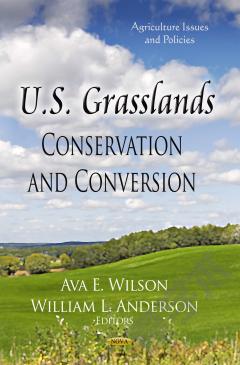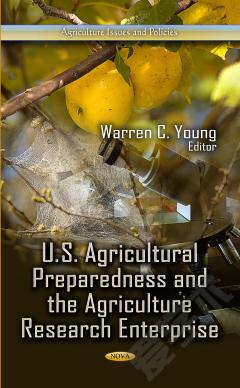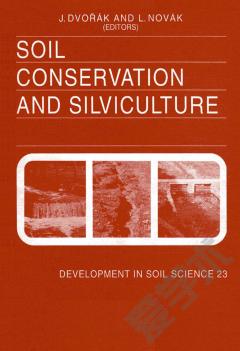U.S. Farms and Conservation Programs
Limited-resource and socially disadvantaged farmers make up as much as 40 percent of all U.S. farms. Some federal conservation programs contain provisions that encourage participation by such "targeted" farmers and the 2008 Farm Act furthered these efforts. This new book compares the natural resource characteristics, resource issues and conservation treatment costs on farms operated by targeted farmers with those of other participants in the largest U.S. working-lands and land retirement conservation programs. Some evidence shows that targeted farmers tend to operate more environmentally sensitive land than other farmers, have different conservation priorities, and receive different levels of payments.
{{comment.content}}








 京公网安备 11010802027623号
京公网安备 11010802027623号